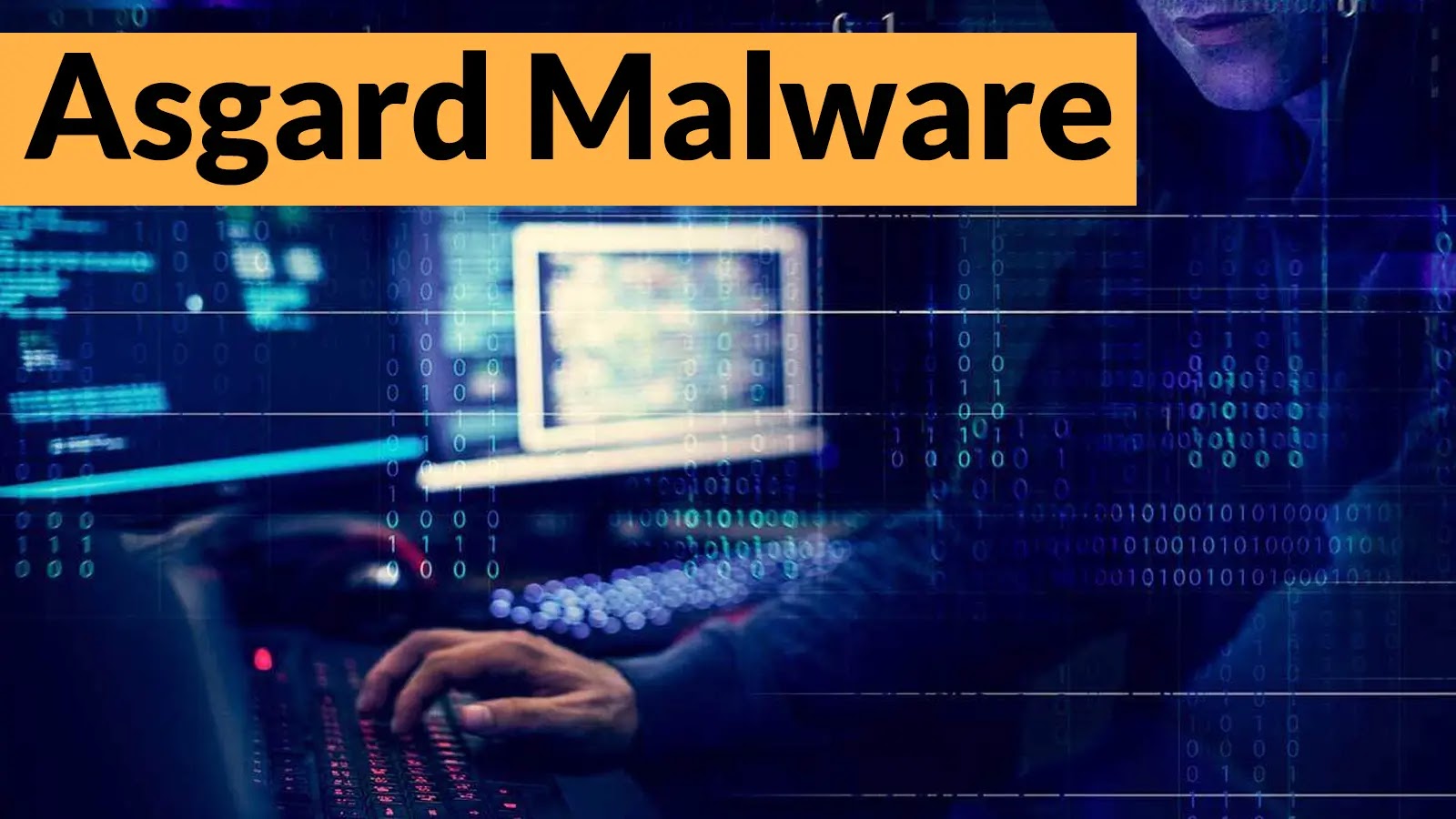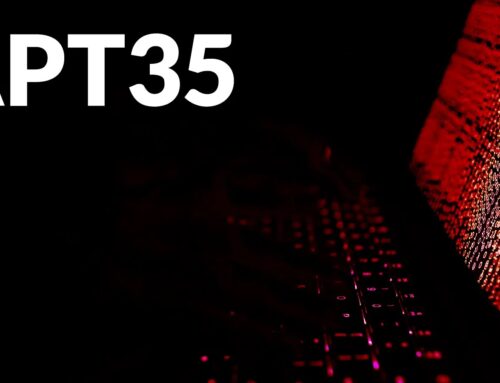
Researchers Reversed Asgard Malware Protector to Uncover it’s Antivirus Bypass Techniques
In the relentless cat-and-mouse game between cybercriminals and security professionals, new threats constantly emerge. One such adversary making waves in underground forums is Asgard Protector, a sophisticated crypter designed to cloak malicious payloads and evade detection. Recently, dedicated security researchers have pulled back the curtain on Asgard Protector, meticulously reversing its obfuscation techniques to expose the antivirus bypasses at its core. Understanding these methods is paramount for fortifying our defenses against increasingly evasive malware.
What is Asgard Protector?
First advertised in late 2023, Asgard Protector quickly gained notoriety within the cybercrime underworld. It functions as a cryptor, a type of software used by threat actors to encrypt and obfuscate malware code, making it incredibly difficult for traditional antivirus and endpoint detection and response (EDR) solutions to identify. Its appeal lies in its seamless integration with popular Command-and-Control (C2) platforms like LummaC2, facilitating the deployment of various infostealers and other harmful payloads.
The primary goal of crypters like Asgard Protector is to achieve high “FUD” (Fully UnDetectable) rates against security products. This involves employing a range of evasion techniques to alter the malware’s signature, behavior, and appearance, allowing it to slip past defenses and establish a foothold on target systems.
The Undoing: Uncovering Asgard Protector’s Evasion Tactics
Researchers embarking on this reverse engineering journey faced significant challenges due to Asgard Protector’s intricate obfuscation. However, their persistence revealed several key techniques:
- Advanced Obfuscation Layers: Asgard Protector utilizes multiple layers of code obfuscation, making static analysis extremely difficult. This includes techniques like control flow flattening, instruction substitution, and string encryption.
- Memory-Based Execution: Rather than writing malicious components directly to disk, Asgard Protector often unpacks and executes its payloads directly in memory. This “fileless” approach helps it bypass signature-based detections that rely on scanning files on the file system.
- Anti-Analysis Features: The crypter incorporates anti-debugging and anti-virtualization tricks. It can detect if it’s running within a sandbox or a debugger, and if so, it will either terminate execution or alter its behavior to avoid revealing its true nature to analysts.
- Dynamic API Obfuscation: Critical Windows API calls, which malware often uses for nefarious purposes, are frequently obfuscated or resolved dynamically at runtime. This prevents security tools from easily identifying suspicious API usage patterns.
The LummaC2 Connection: A Threat Multiplier
The integration of Asgard Protector with C2 platforms like LummaC2 significantly amplifies its danger. LummaC2 is a sophisticated C2 framework known for its robust features for managing compromised systems and exfiltrating data, particularly from information stealers. By wrapping infostealers within Asgard Protector’s protective layers, attackers can dramatically increase the success rate of their phishing campaigns and other initial access methods, leading to widespread data breaches and financial losses.
Remediation Actions and Enhanced Defenses
The revelations concerning Asgard Protector underscore the need for a multi-layered and adaptive cybersecurity strategy. Organizations and individuals must move beyond reliance on basic signature-based antivirus solutions.
Here are key remediation actions:
- Update and Patch Regularly: Ensure all operating systems, applications, and security software are fully updated. Many exploits leverage known vulnerabilities, and patching significantly reduces the attack surface.
- Advanced Endpoint Detection and Response (EDR): Implement EDR solutions that offer behavioral analysis, heuristic detection, and memory scanning capabilities. These can identify malicious activities even when the malware itself is obfuscated.
- Network Segmentation: Segment networks to limit the lateral movement of malware if a compromise occurs.
- Email and Web Filtering: Deploy robust email and web filtering solutions to block phishing attempts and malicious downloads, which are common delivery mechanisms for crypter-protected malware.
- User Awareness Training: Continuously train employees on identifying phishing emails, suspicious links, and social engineering tactics. Human error remains a significant factor in successful breaches.
- Threat Intelligence Integration: Leverage up-to-date threat intelligence feeds to identify new indicators of compromise (IOCs) associated with crypters like Asgard Protector.
- Memory Protection Solutions: Consider solutions specifically designed to protect against memory-based attacks and code injection.
Tools for Detection and Analysis
| Tool Name | Purpose | Link |
|---|---|---|
| Process Explorer | Advanced task manager to identify suspicious processes and their loaded modules. | https://learn.microsoft.com/en-us/sysinternals/downloads/procmon |
| IDA Pro / Ghidra | Disassemblers and debuggers for in-depth static and dynamic malware analysis. | https://hex-rays.com/ida-pro/ / https://ghidra-sre.org/ |
| Volatility Framework | Open-source memory forensics framework to analyze RAM dumps for hidden processes and injected code. | https://www.volatilityfoundation.org/ |
| ANY.RUN / Hybrid Analysis | Online sandboxes for safe execution and analysis of suspicious files. | https://any.run/ / https://www.hybrid-analysis.com/ |
Conclusion
The successful reverse engineering of Asgard Protector serves as a critical reminder of the constant evolution of cyber threats. Malware developers will continue to innovate with obfuscation and evasion techniques, making the work of security researchers more vital than ever. By understanding these sophisticated methods, organizations can refine their defense strategies, deploy more effective security tools, and empower their teams to better identify and neutralize threats before they inflict significant damage. Vigilance, continuous learning, and robust security practices remain our strongest allies in the fight against advanced malware.





